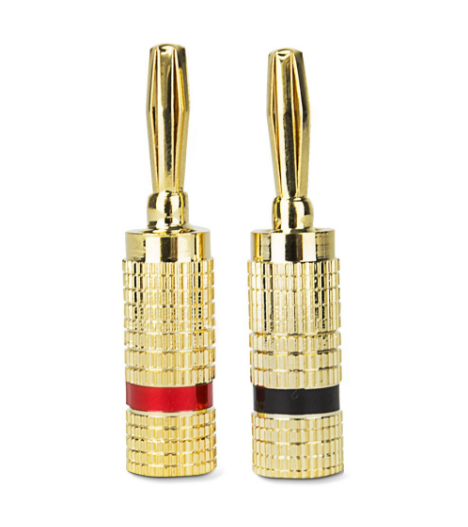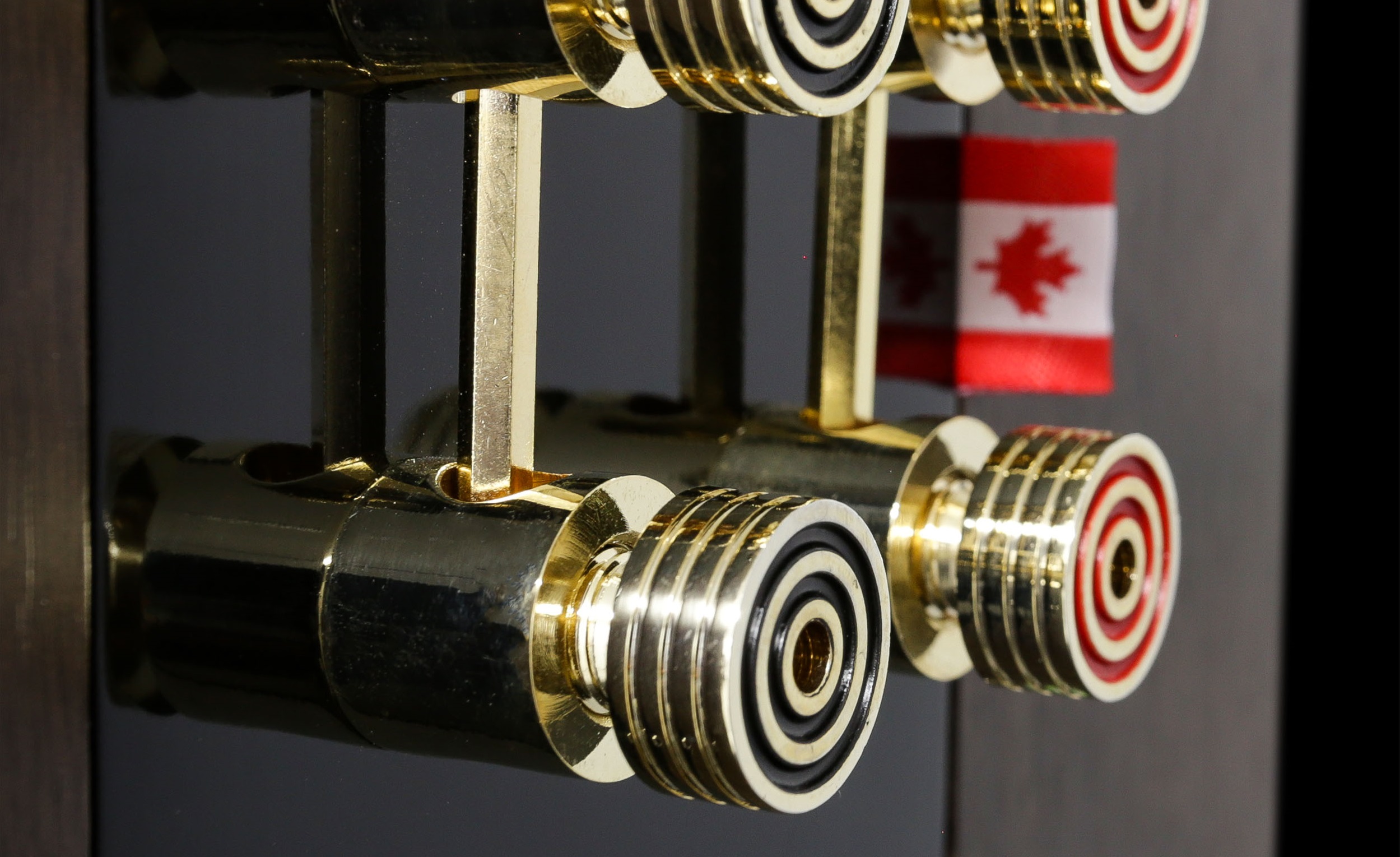Setting up a home theater system requires proper wiring and wire management. Depending on the system you set up in your home, the size of the wires and the proper type of wiring you need may vary. Recognizing the different types of wires and ways your situation may impact your choices will allow you to obtain the right wire gauge and type for your home theater.
Contents
What is Wire Gauge?
A wire gauge refers to the size of the copper wires used in your home theater. In America, the size of the gauge determines the diameter of the wire in millimeters as well as the cross-sectional area of the wire. Common sizes usually starts at 10 American Wire Gauge, or 2.588 millimeters in diameter. The diameter of the wire gets smaller as the gauge size gets higher. For example, a 10 gauge wire is much thicker than a 20 gauge wire.
Wires for Home Theater Systems
A home theater system generally focuses on electrical and speaker wires. In most systems, the speaker wires fall into 10, 12 or 16 gauge sizes; however, it may go up to as high as 18 gauge wires in certain situations.
Usually, you select the size of the wire gauge based on the length of the wire. If you need the wire to stretch a long distance around the space, then you may want a thicker diameter because it has a lower resistance to the flow of the electrical current. A short run may benefit from a 16 gauge wire because the current does not travel as far. You also want to consider the number of ohms on your speakers. If you have a low impedance speaker system with 4 or 6 ohms, then you want a 10 or 12 gauge wire. If the system has 8 ohms or higher, then you may benefit from 16 or 18 gauge wires.
Using Banana Plugs for Simplicity
While the wires play an essential role in setting up your home theater system by connecting your speakers, you may find the process tedious and complicated. There is also the challenge of keeping your wires separated and connect the system correctly. Banana plugs allow you to simplify the process by connecting the wires to the plug and then plugging the banana plug into your speaker system.
The key to using banana plugs is color coding. Use one color for a specific polarity to prevent mix-ups or complications with the home theater system. In most cases, the red banana plug goes with the positive charge while the black banana plug goes with the negative charge. You need to evaluate your specific banana plugs to determine if color coding is an option or if you need to determine an alternative way to keep your wires organized.
Wiring for your home theater system starts with identifying your needs. In most cases, the size of the wire depends on the distance the wires must travel in a space and the specifications of your speakers. Focus on setting up wires that fit your specific speakers and system by carefully calculating the distances, the speaker system and your preferences for the home theater.

General Electric GE AV22638 Premium Banana Plug Speaker Wire Connectors
These banana plugs are a premium quality professional design for people who will accept only the best. These heavy-duty banana plugs were designed with the audiophile in mind.
Learn More
Leave a Reply
You must be logged in to post a comment.